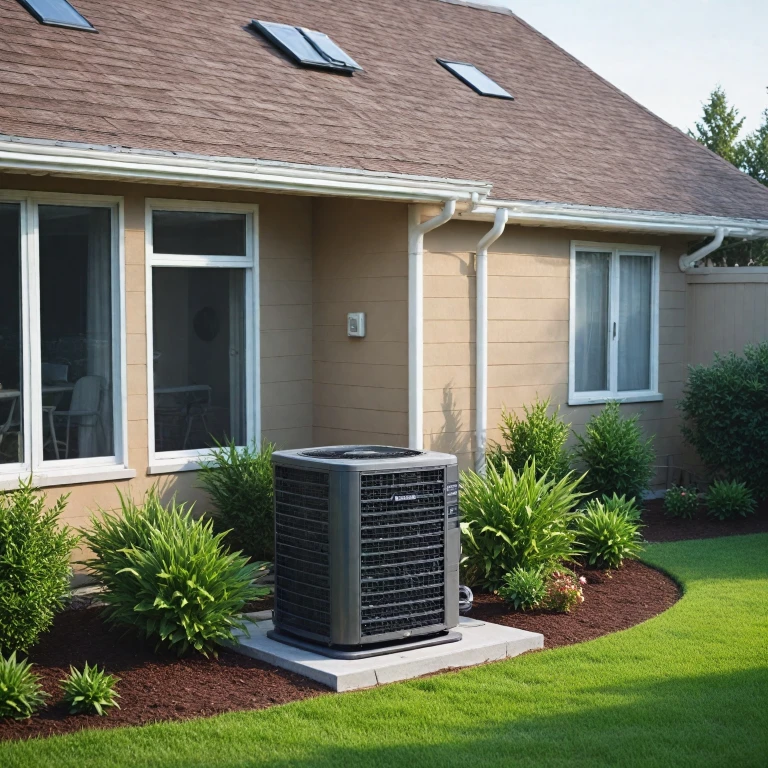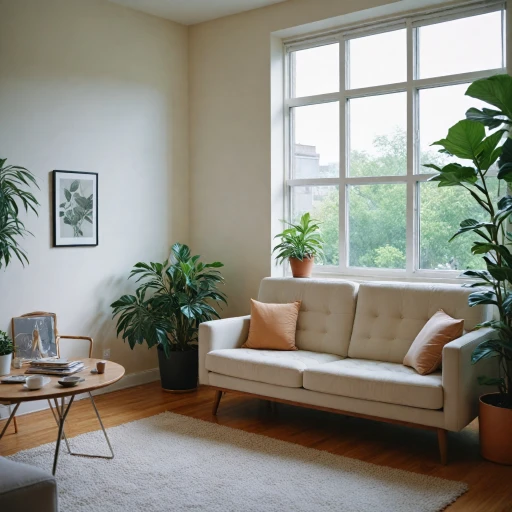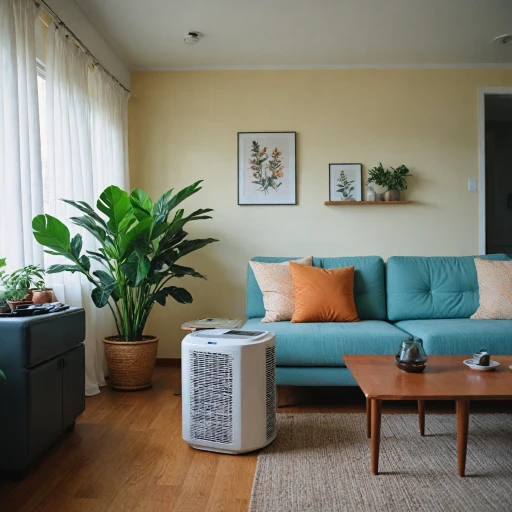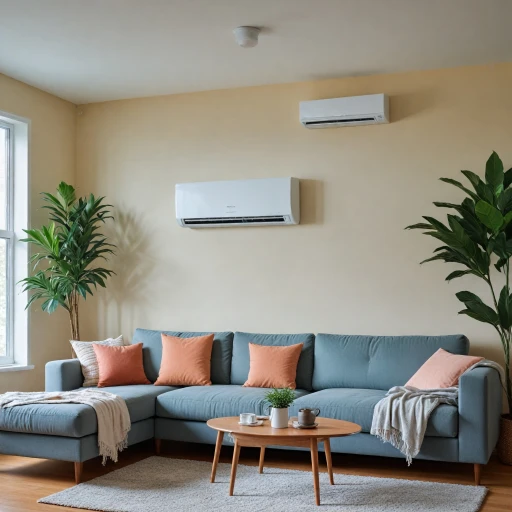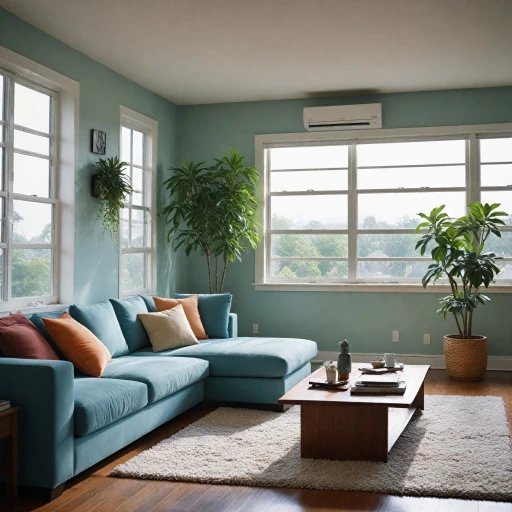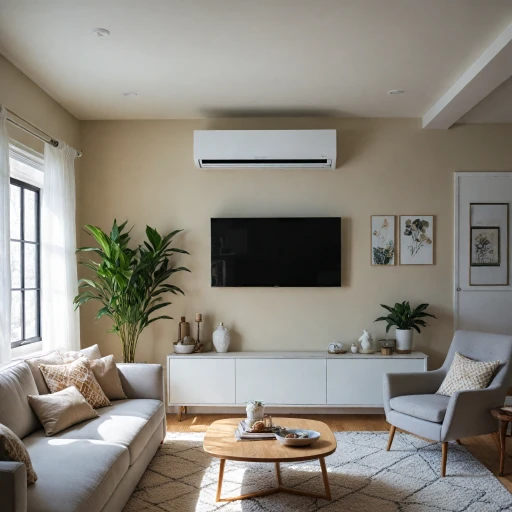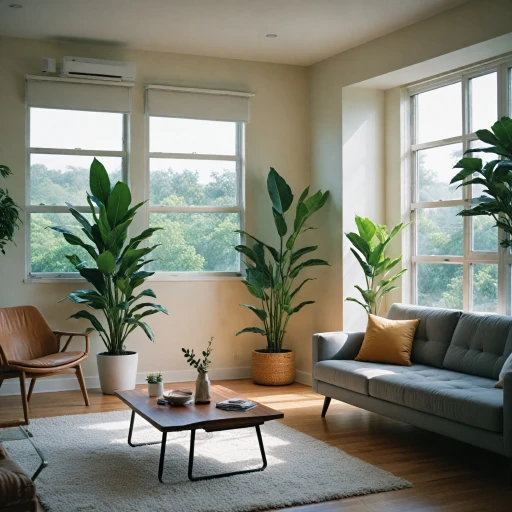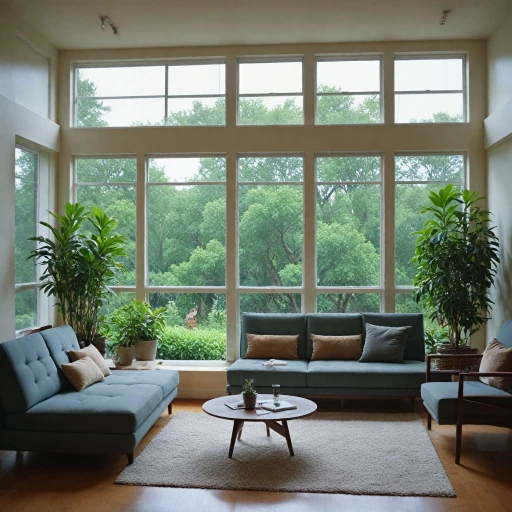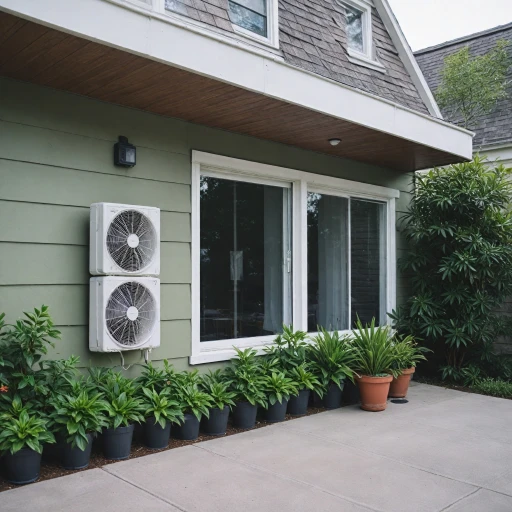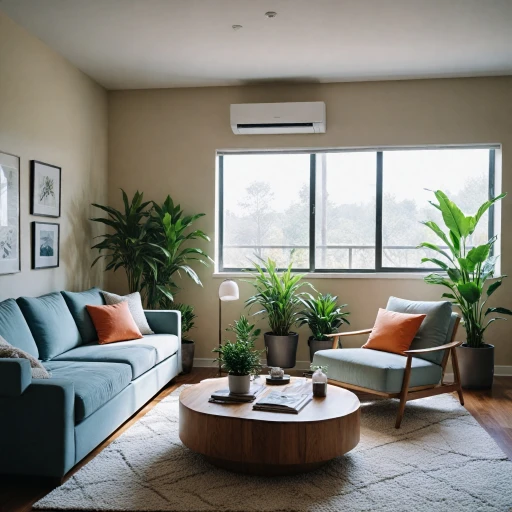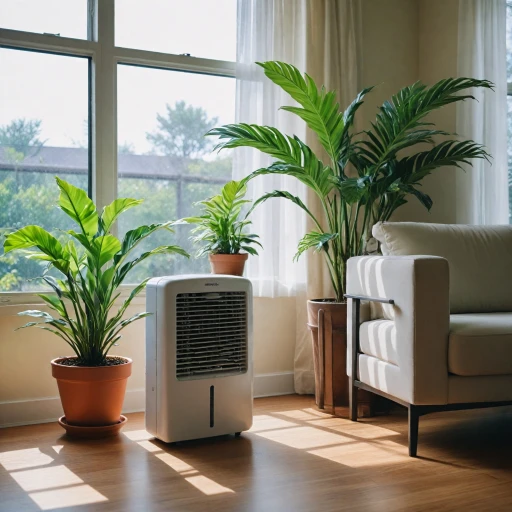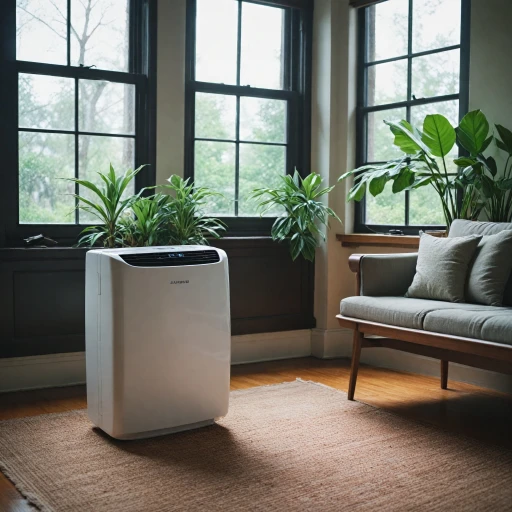
How Heat Pump Air Conditioners Work
Exploring Energy-Efficient Climate Control
Understanding the mechanisms behind heat pump air conditioners offers insight into their role as energy-efficient climate control systems. These units are adaptable, designed to manage both heating and cooling needs. They achieve this by using a mechanism that transfers heat instead of generating it, making them a more efficient alternative to traditional heaters or air conditioners. In warmer months, the heat pump acts like a traditional air conditioning system, extracting heat from the indoor air and releasing it outside to cool the space. Conversely, during colder seasons, the process inverts. The unit draws in heat from external sources, even in chilly climates, and redistributes it inside, effectively heating the space. This ability to reverse the flow of refrigerant between heating and cooling processes is a key feature of the pump split systems. For a more comprehensive understanding of how portable air conditioners operate, consider exploring this comprehensive guide. Employing a heat pump system comes with varying efficiency ratings, often indicated by the Seasonal Energy Efficiency Ratio (SEER) rating. The higher the SEER rating, the more efficient the unit is in providing year-round comfort while requiring less energy. Heat pumps are available in various configurations, such as air source or central systems, and can cater to different capacities measured in tons. Making a well-informed decision depends on assessing the specific needs of the space to ensure the optimal blend of energy efficiency and indoor air comfort.Advantages of Portable Heat Pump Air Conditioners
Unveiling the Perks of Heat Pump Air Conditioners
Portable heat pump air conditioners offer a wide array of benefits, making them a versatile choice for climate control. They efficiently provide both heating and cooling, adapting to varying weather conditions seamlessly.- Dual Functionality: Unlike traditional air conditioners, these portable units are proficient in both heating and cooling, ensuring year-round comfort. The advancements in heat pump technology contribute significantly to their high efficiency rating.
- Energy Conservation: By utilizing the surrounding air, these energy efficient systems minimize energy consumption, leading to a reduction in electricity bills. The energy star certification often accompanies these models, testifying to their sustainability and reduced carbon footprint.
- Enhanced Comfort: Delivering a balanced indoor air quality, these air conditioners ensure a comfortable environment. Whether you're in a cold climate requiring efficient heating or in need of cooling during hot spells, the efficient switching between heating cooling modes provides the ideal indoor air comfort.
- Flexible Installation: The portable nature of these units allows for easy movement around the home, providing you with the flexibility of positioning the conditioner wherever it's needed the most. This contrasts sharply with fixed central or split systems which are stationary.
- Cost Savings: Due to their energy efficiency, these units lower energy consumption compared to traditional space heaters or window air conditioners, leading to noticeable savings on energy bills. Moreover, with a higher SEER rating, these units operate efficiently even in varying climates.
Energy Efficiency and Cost Savings
Cost Efficiency and SEER Ratings of Portable Heat Pump Systems
Efficient energy usage is one of the primary benefits of portable heat pump air conditioning systems. Employing a high-efficiency rating, these units often outperform traditional air conditioners in terms of energy consumption. One key measure of efficiency, the Seasonal Energy Efficiency Ratio (SEER), helps consumers evaluate the potential cost savings associated with different air conditioners. Portable heat pumps typically feature impressive SEER ratings, enabling significant energy and cost savings. According to Energy Star guidelines, units with higher SEER ratings are more energy-efficient, leading to reduced electrical consumption and lower utility bills. Furthermore, advances in technology have improved the efficiency of heating and cooling operations, offering homeowners a robust solution adaptable to both moderate and cold climates. Heating and cooling efficiency also benefit from the heat pump split system design. This setup allows for a more tailored heating cooling solution, ensuring comfort across varied room sizes and layouts. When considering a system's effectiveness, it is essential to account for the indoor air output as well, ensuring that the unit can maintain consistent comfort without overworking the system. The integration of an air source heat pump mechanism further contributes to overall efficiency. By utilizing ambient air as a source of heat, these systems provide an eco-friendly alternative to traditional furnace-based options. This air source functionality results in less reliance on electricity, making the units both cost-efficient and environmentally responsible. For those seeking an energy-efficient solution, examining high efficiency models against their traditional counterparts is crucial. Consumers are encouraged to scrutinize energy efficiency labels and specifications thoroughly. By doing so, homeowners can select a portable heat pump air conditioner that not only meets their comfort requirements but also aligns with sustainable practices in energy utilization. Thus, investing in a portable heat pump system offers a strategic advantage for those prioritizing energy savings and environmental stewardship.Considerations for Choosing a Portable Model
Factors to Consider When Selecting a Portable Model
When choosing a portable heat pump air conditioner, it’s essential to weigh various factors to ensure you select a unit that suits your needs and maximizes comfort and efficiency. Here's a brief guide to assist you in your selection process:
- Size and Capacity: The cooling and heating capacity of a portable heat pump unit is typically measured in British Thermal Units (BTUs). A larger space requires more BTUs to maintain comfortable indoor air temperatures. Consider both the ton and seer ratings when evaluating the unit's efficiency and ensure it matches the square footage of the room.
- Energy Efficiency: Portable units with higher SEER (Seasonal Energy Efficiency Ratio) ratings are generally more efficient, reducing energy consumption and operating costs over time. Choose models with an ENERGY STAR certification to maximize energy efficiency.
- Climate Suitability: Assess your local climate when selecting a portable heat pump. In a cold climate, verify that the unit can perform efficiently in lower temperatures, ensuring optimal heating during the colder months.
- Features: Look for added features such as programmable thermostats, remote control, and variable-speed compressor options which enhance usability and comfort. Additionally, a unit that includes air purification features can improve indoor air quality.
- Noise Levels: Consider the noise level of the unit, especially if it will be placed in a common area like a living room or bedroom. Quieter models offer better comfort, particularly during nighttime operation.
- Installation and Portability: Ease of installation is a key benefit of portable heat pump air conditioners. Look for systems with wheels or carry handles for mobility, and ensure your chosen model fits within the space's layout and installation requirements.
Taking these factors into account will guide you to a suitable portable heat pump air conditioner, balancing performance and efficiency to accommodate both heating and cooling needs.
Installation and Maintenance Tips
Optimizing Installation and Maintenance for Peak Performance
Installing and maintaining a portable heat pump air conditioner correctly is crucial for ensuring efficient operation, energy savings, and prolonged unit life. Below are key guidelines to help optimize these aspects:- Location and Space: Position your unit in a location with adequate ventilation to ensure efficient heating and cooling. Make sure there's enough space around the unit to promote optimal airflow. Avoid placing it too close to walls or obstructions that can impede airflow.
- Exhaust Hose: Properly install the exhaust hose to effectively expel hot air outside. The hose should be as straight and short as possible to minimize heat loss or buildup and prevent the system from working harder than necessary.
- Sealing and Insulation: Ensure windows and doors are sealed properly when using the air conditioning feature. Good insulation will enhance the energy efficiency and performance of your heat pump, particularly in cold climates where precision is essential to maintain indoor comfort.
- Regular Cleaning: Regularly clean the filter and any accessible components to maintain high efficiency. Dust and debris can reduce airflow and impair the heat pump system's Seer rating and performance.
- Routine Maintenance Checks: Schedule periodic maintenance checks with qualified technicians to inspect and service your unit. They can ensure the performance rating aligns with Energy Star standards and address any issues that may affect the SEER rating or overall efficiency.
- Monitor Refrigerant Levels: Keep track of refrigerant levels, as these are critical for optimal performance in both heating and cooling modes. Correct refrigerant levels contribute to energy-efficient operation.
Comparing Portable Heat Pump Air Conditioners with Traditional Models
Performance and Efficiency
When comparing portable heat pump air conditioners with traditional models, performance and efficiency are crucial factors. Portable units often boast a high efficiency rating, making them an energy-efficient choice for many households. Unlike central air systems, which can lose energy through ductwork, portable units deliver cooling directly to the room, enhancing their efficiency.
Flexibility and Installation
One of the standout features of portable heat pump air conditioners is their flexibility. Unlike traditional split systems, which require permanent installation, portable units can be moved from room to room, providing targeted comfort where needed. This flexibility can be particularly beneficial in homes without existing ductwork or in rental properties where permanent modifications are not an option.
Cost Considerations
Cost is another important consideration. While the initial investment for a portable unit may be lower than that of a central air conditioner, it’s essential to consider long-term energy savings. Portable heat pumps often have a high SEER (Seasonal Energy Efficiency Ratio) rating, which can translate to lower energy bills over time. However, for larger spaces or homes in cold climates, a central system might offer more consistent heating and cooling.
Maintenance and Longevity
Maintenance is generally simpler with portable units. They require regular cleaning of filters and occasional checks of the exhaust hose, but these tasks are manageable for most homeowners. In contrast, traditional systems might need professional servicing to maintain optimal performance. The longevity of a portable unit can be comparable to that of a central system, provided it is maintained properly.
Comfort and Air Quality
In terms of comfort, portable heat pump air conditioners offer the advantage of localized heating and cooling, allowing for personalized comfort settings. They also contribute to better indoor air quality by filtering out dust and allergens. However, for whole-house comfort, a central system might be more effective, especially in larger homes.
